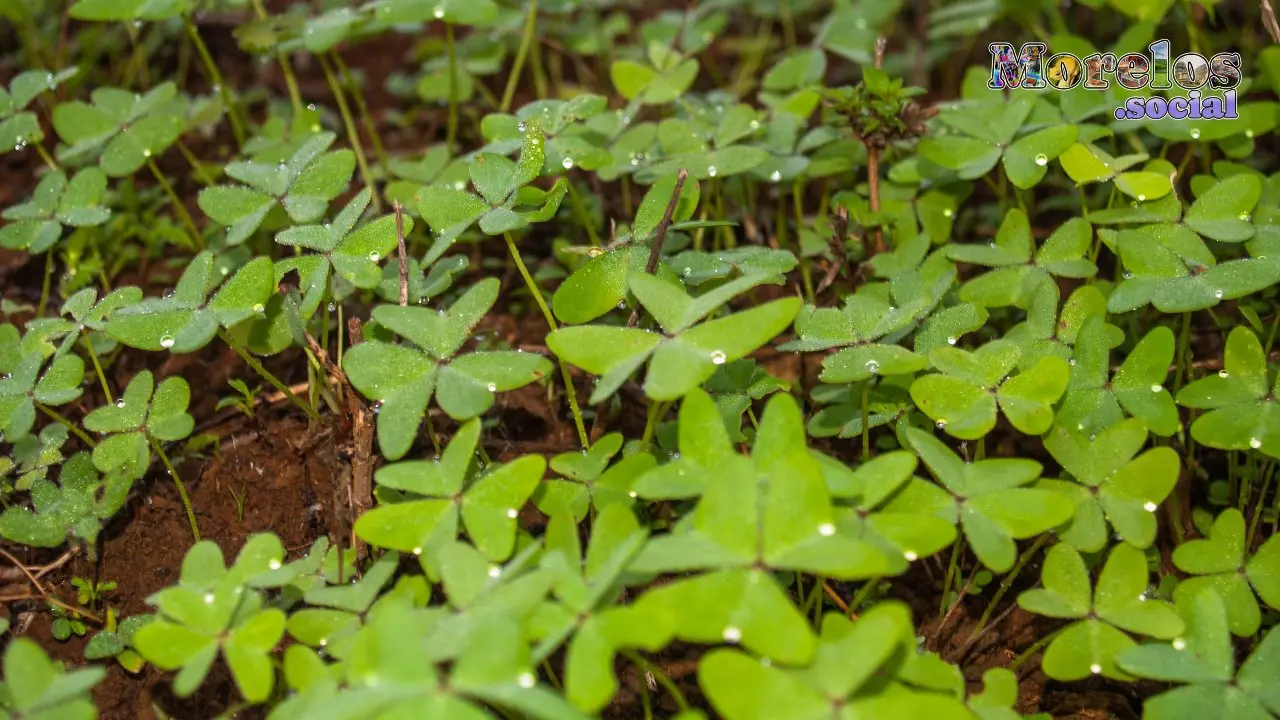Descripción:
Common clovers, known for their characteristic three-leaf arrangement, have been regarded as symbols of good luck in many cultures around the world. These plants belong to the Trifolium genus and are widely distributed in various regions, including the state of Morelos, Mexico, where they can be found in diverse natural habitats and urban areas.
The state of Morelos, located in the central region of Mexico, boasts a rich biodiversity due to its varied terrain and climates. Among the plant species present in the region, common clovers are one of the most recognizable and appreciated. These herbaceous perennial plants are characterized by their trifoliate leaves, which have been associated in various cultures with good fortune and prosperity.
Common clovers are found in a variety of habitats in Morelos, from meadows and pastures to gardens and urban parks. These plants prefer well-drained and slightly moist soils, so they are commonly found near areas with good water availability.
One of the species of common clover that can be found in the state of Morelos is Trifolium repens, also known as white clover. This plant is widely cultivated as forage for livestock due to its high nutritional value. Additionally, its presence in natural meadows provides food for a variety of insects and small animals, contributing to the balance of the local ecosystem.
Common clovers also play an important ecological role, as they are capable of fixing atmospheric nitrogen in the soil through symbiosis with bacteria of the Rhizobium genus, enriching the soil and benefiting other nearby plants.
However, despite their abundance, it is essential to recognize the importance of preserving and protecting the natural habitats where common clovers thrive. Soil degradation due to urbanization, pollution, and loss of green areas are threats that can affect their presence in the state of Morelos and other locations.
In conclusion, common clovers are emblematic plants associated with good luck and prosperity. Their presence in the state of Morelos highlights the richness of the region's biodiversity and their ecological role in local ecosystems. By promoting conservation practices and protecting their natural habitats, we can ensure that these charming plants continue to be an integral part of Morelos natural landscape and continue to bring luck and benefits to the communities and wildlife coexisting in the region.

